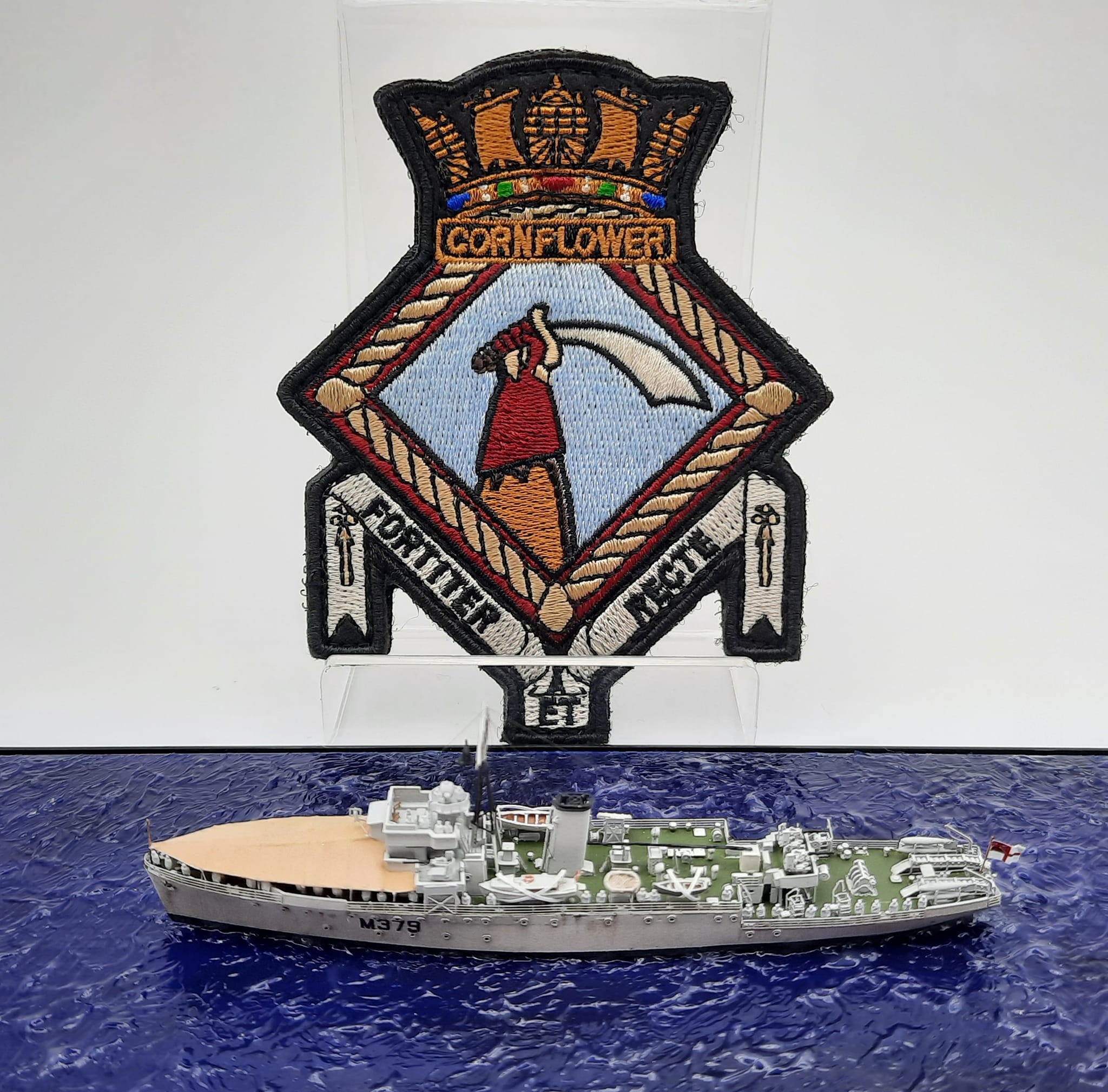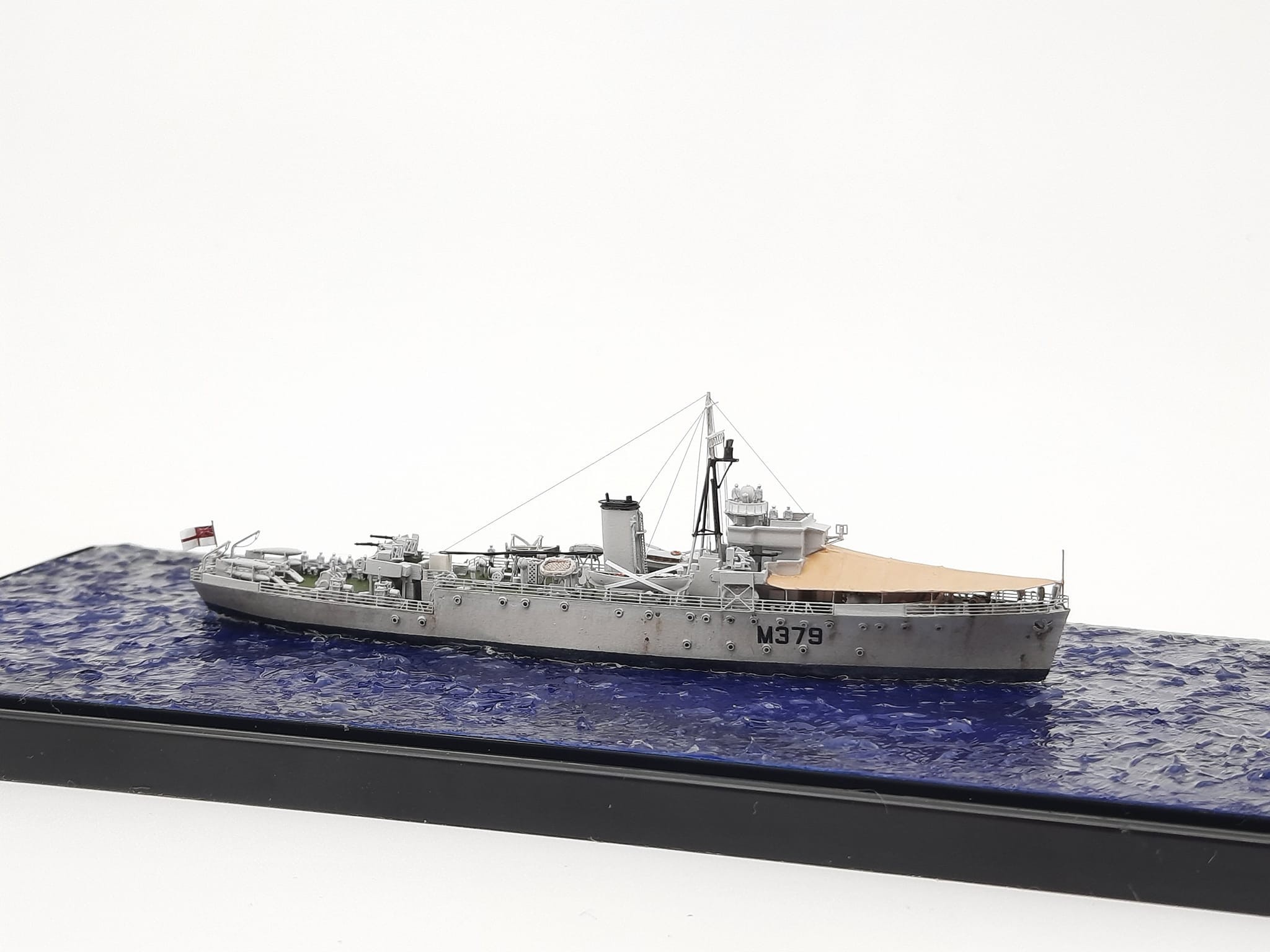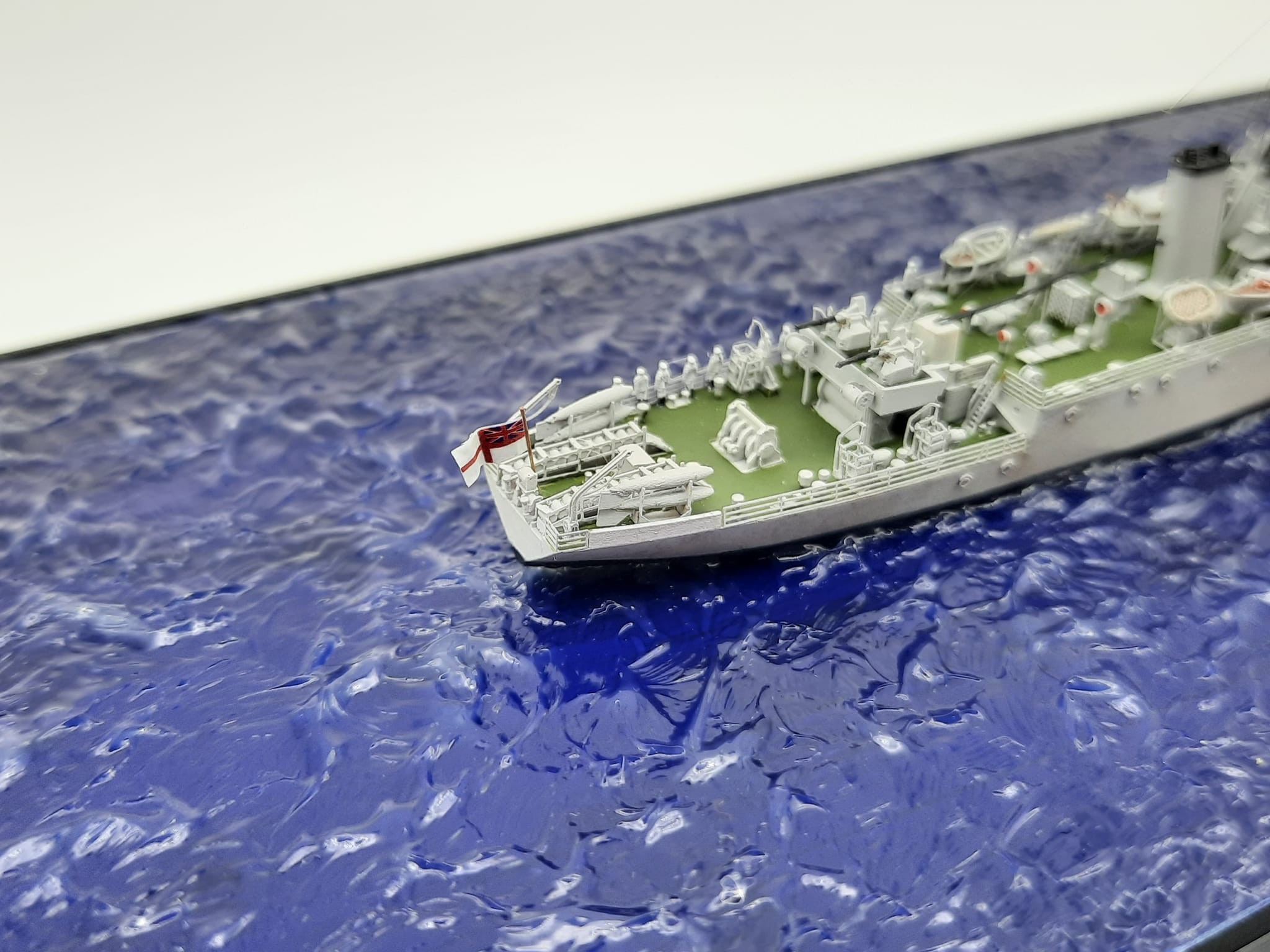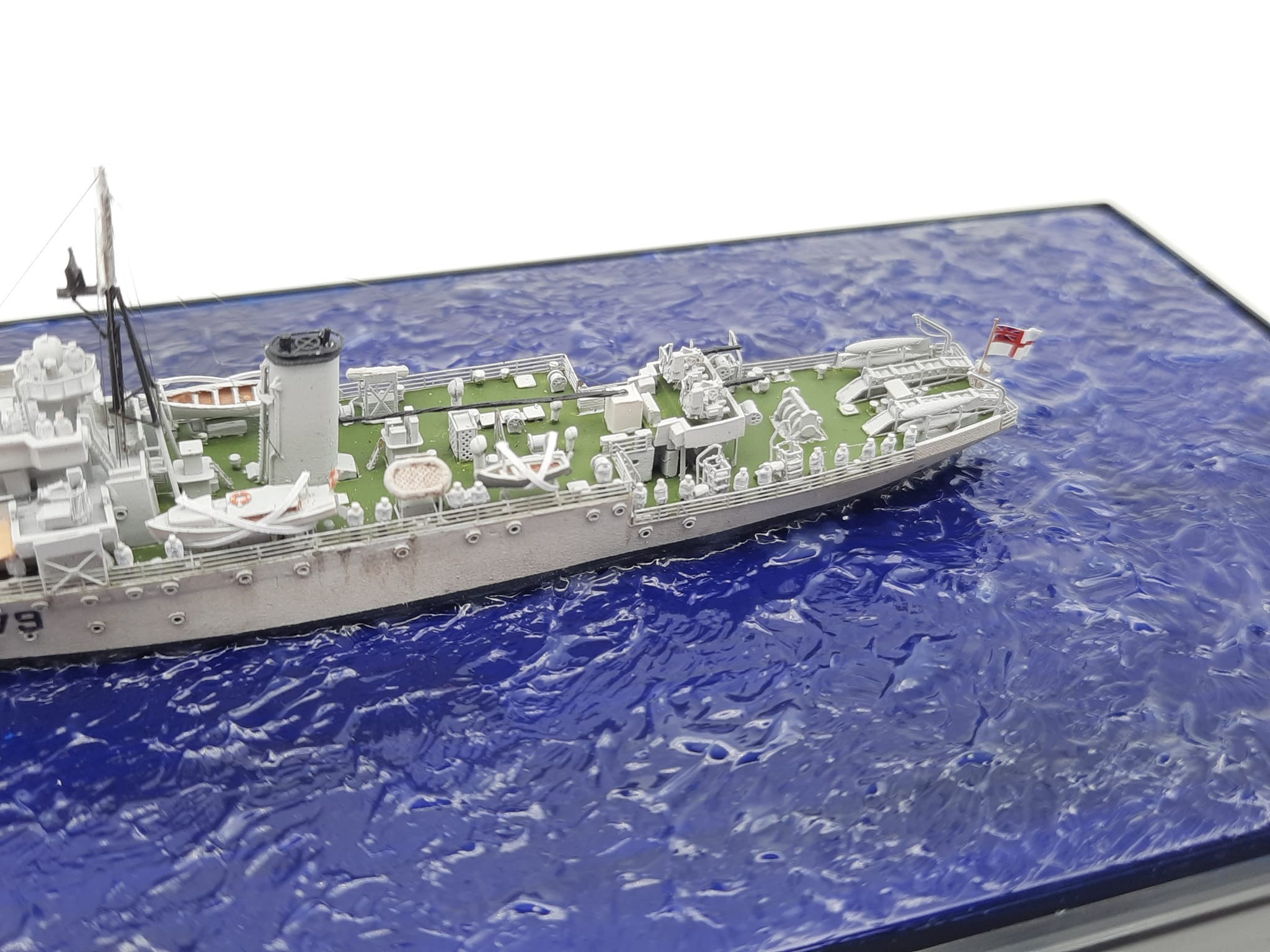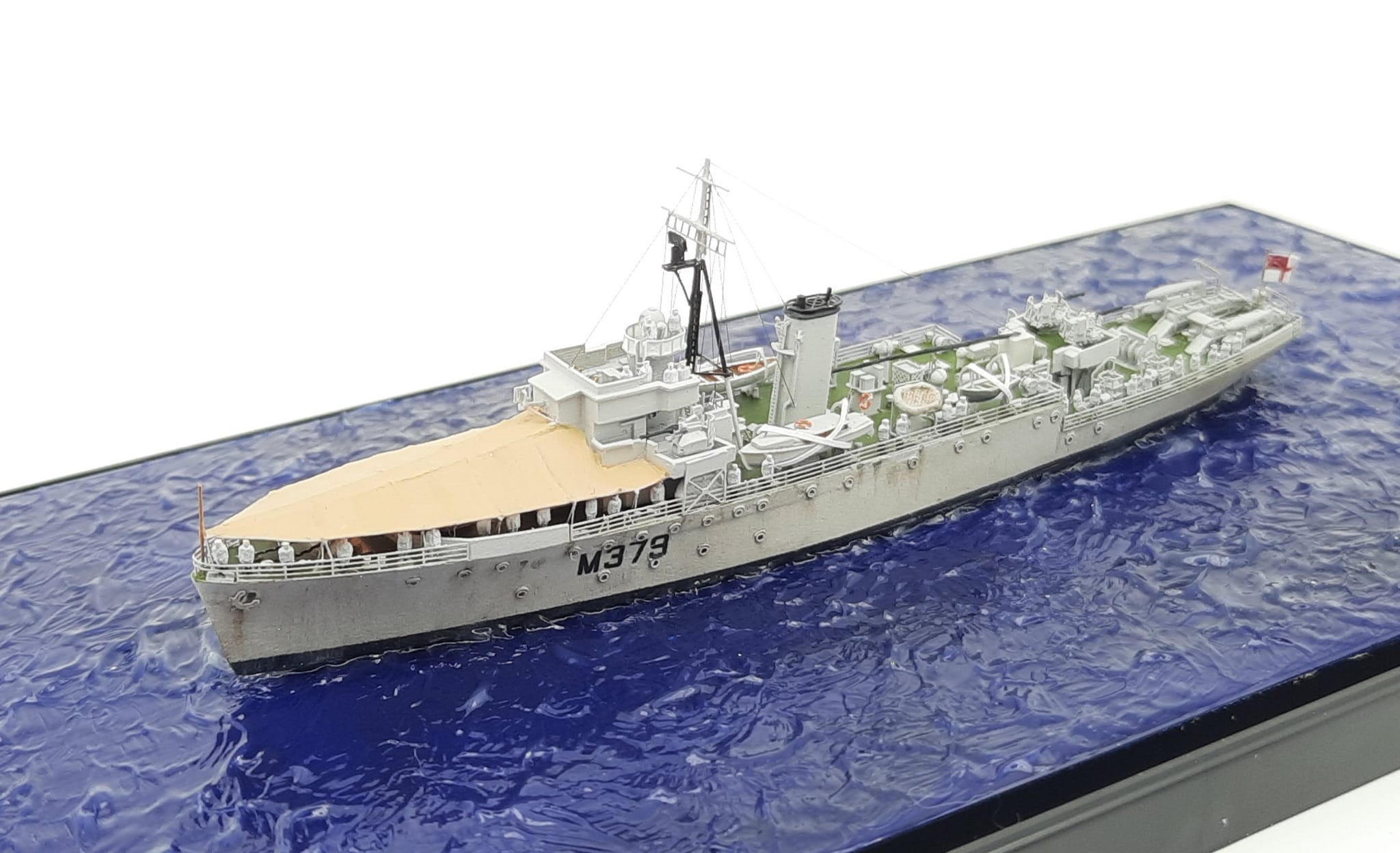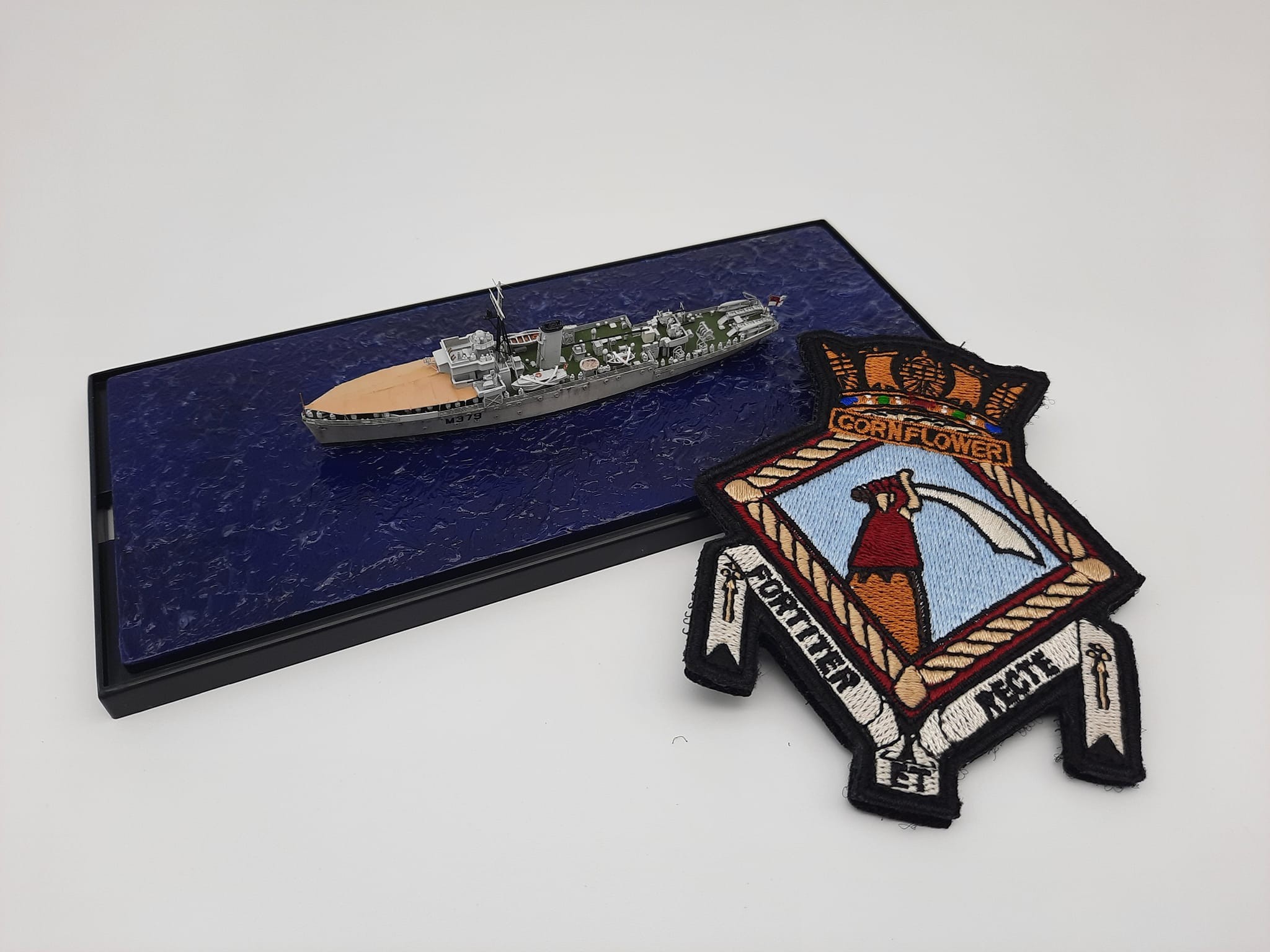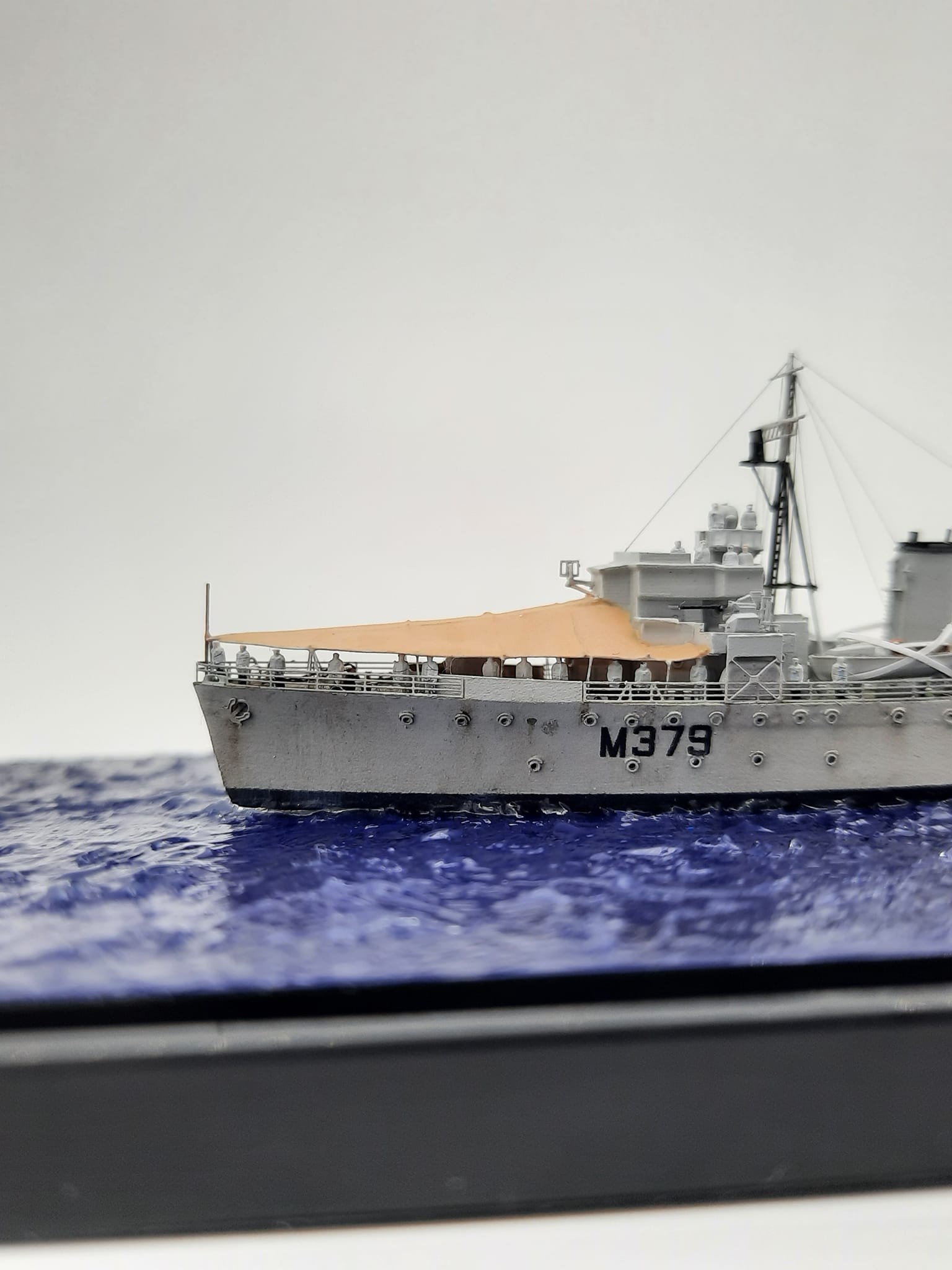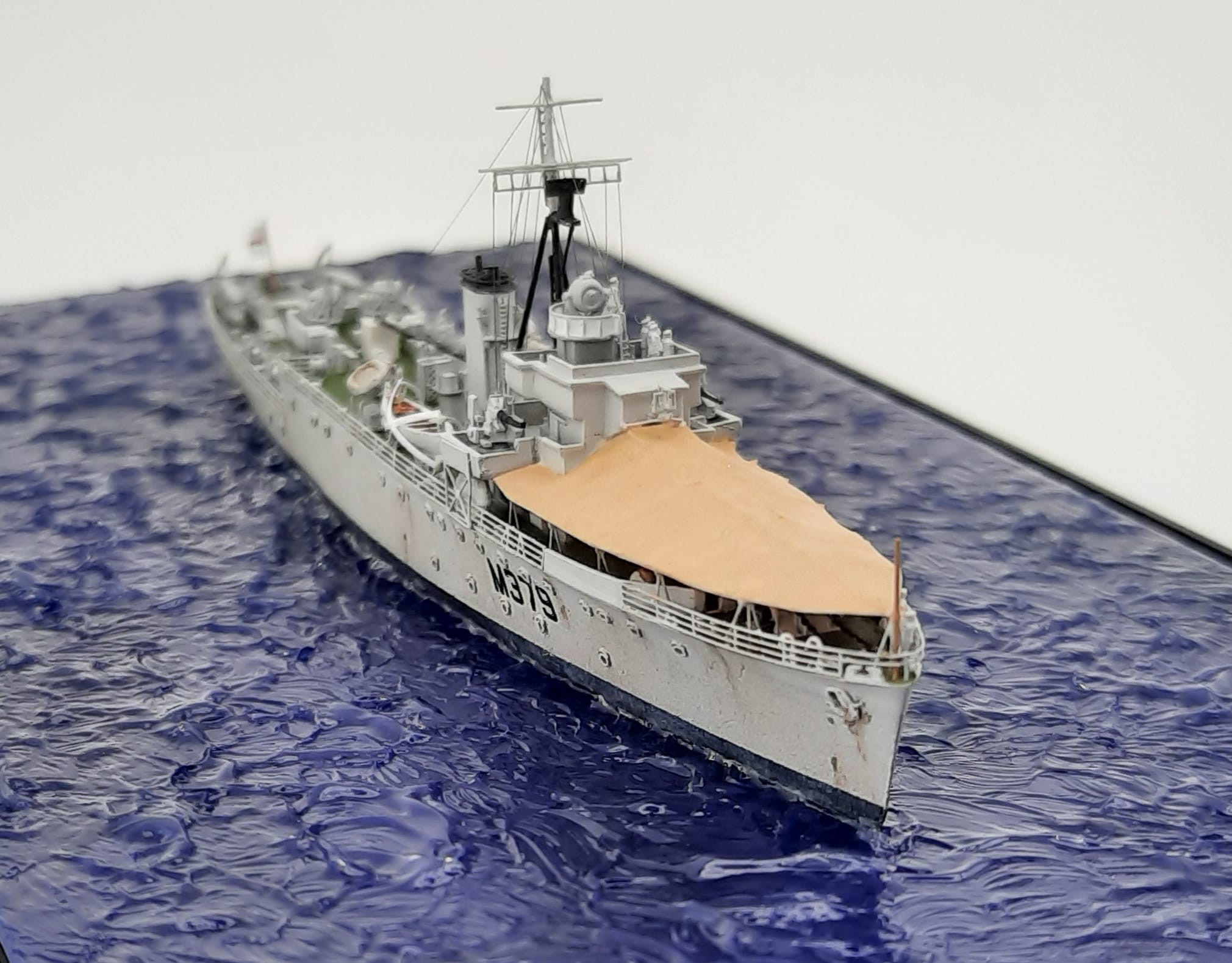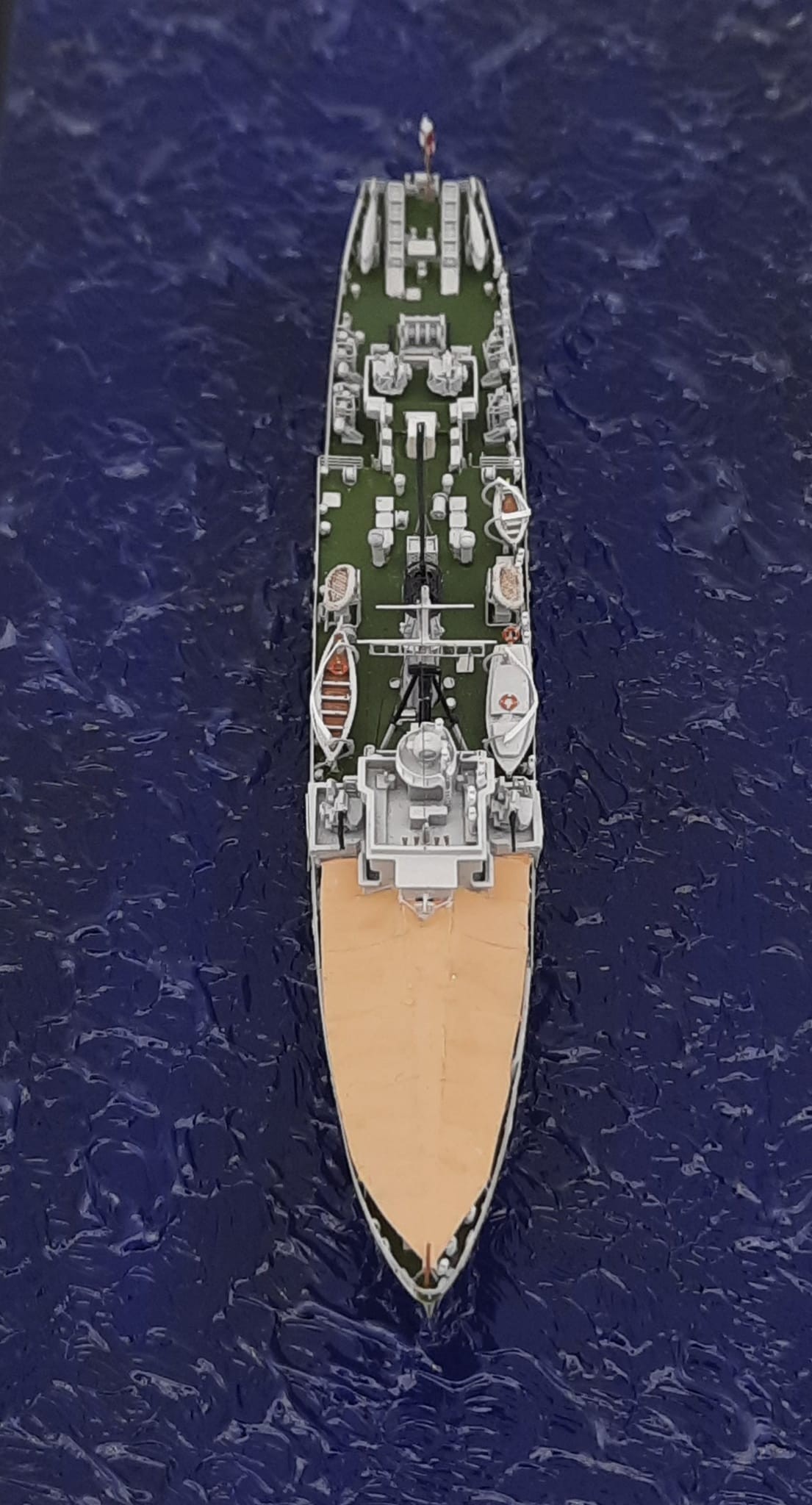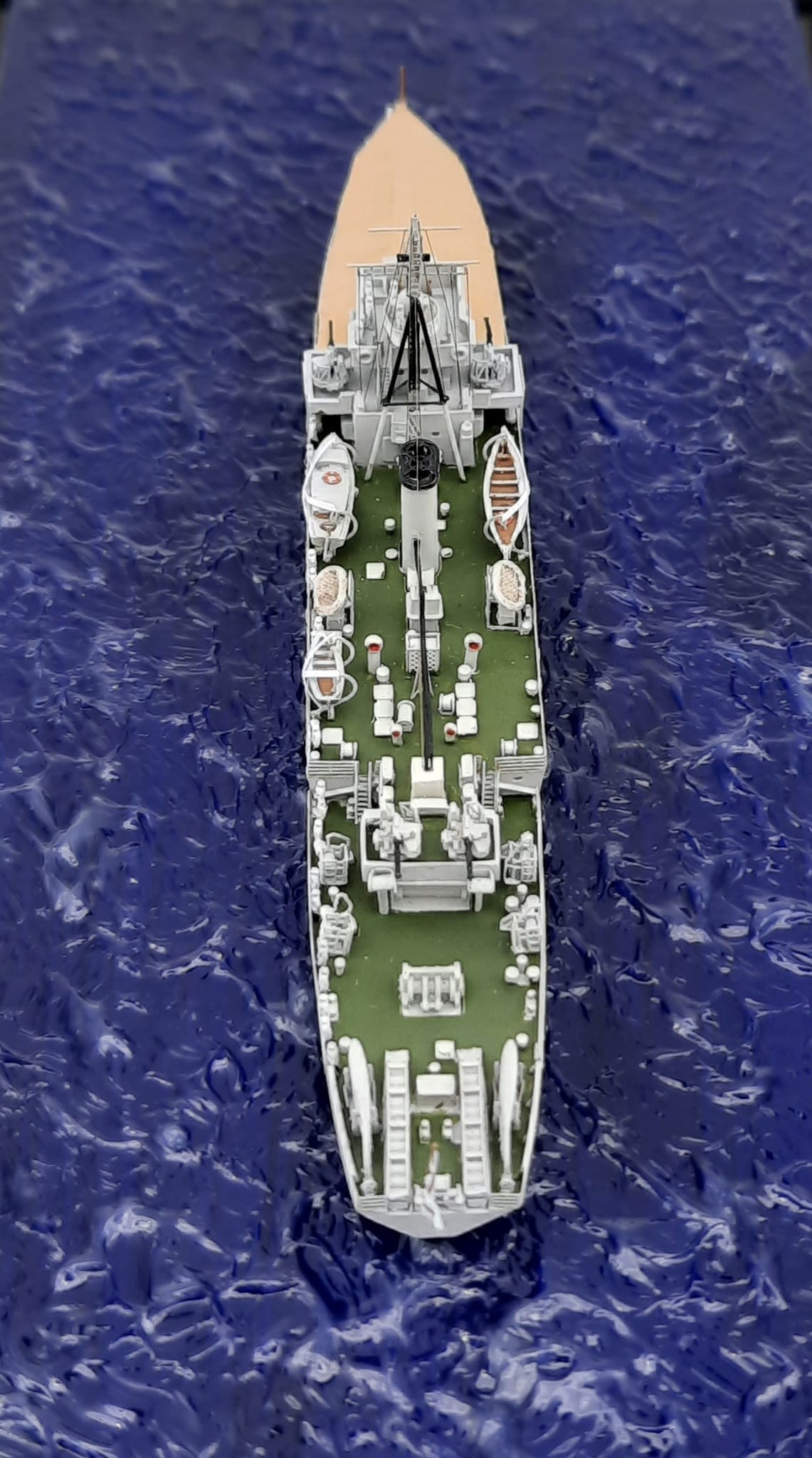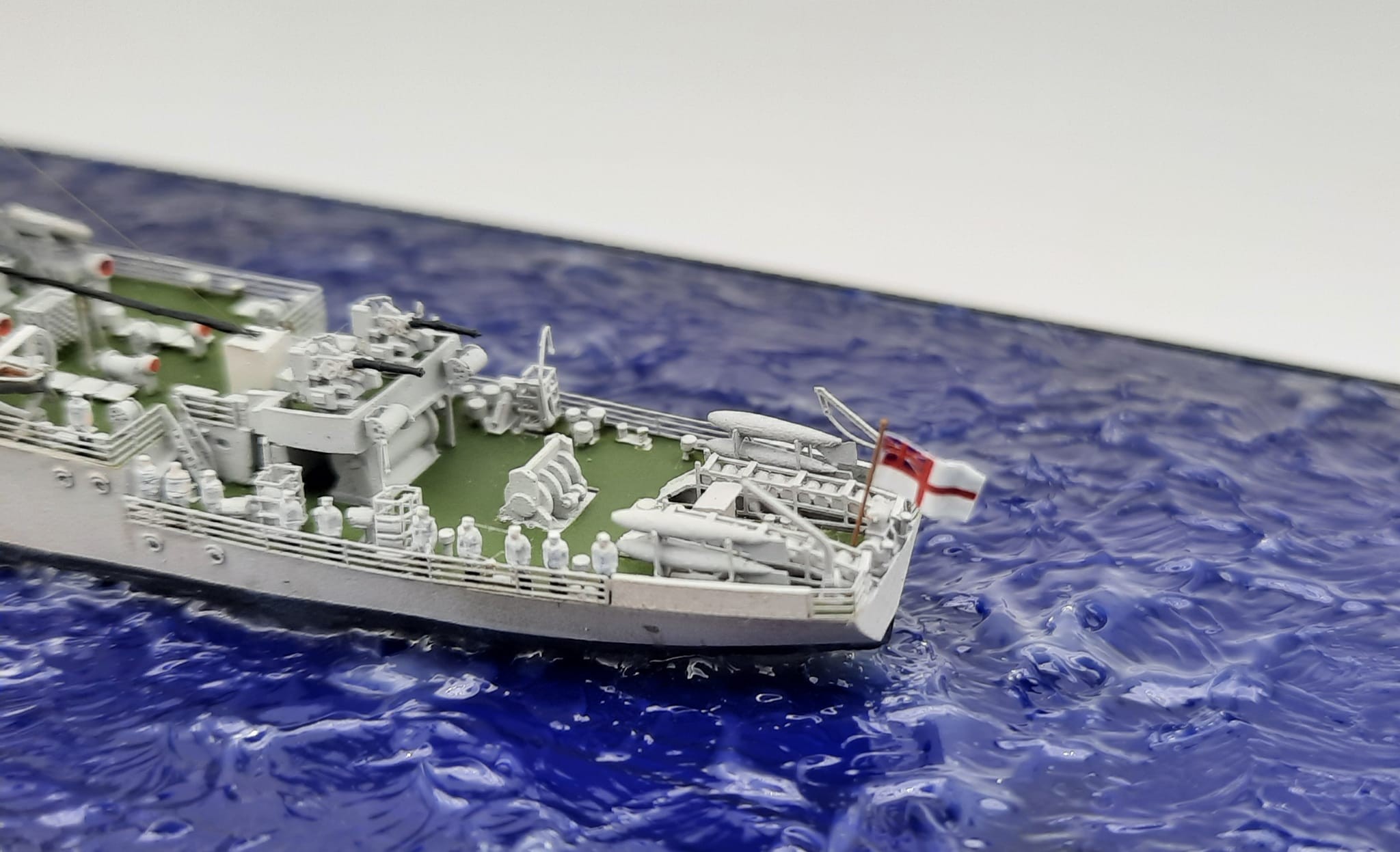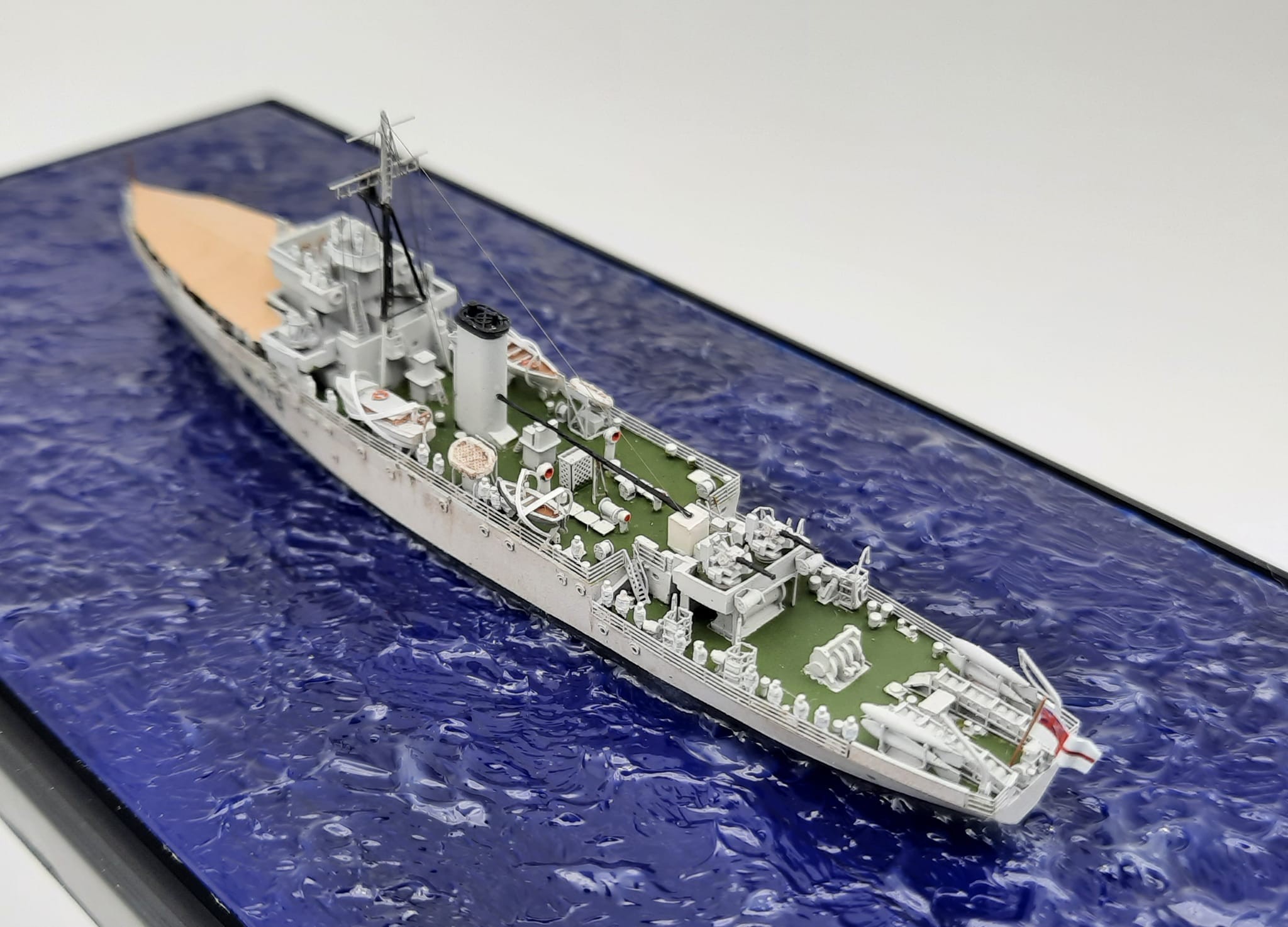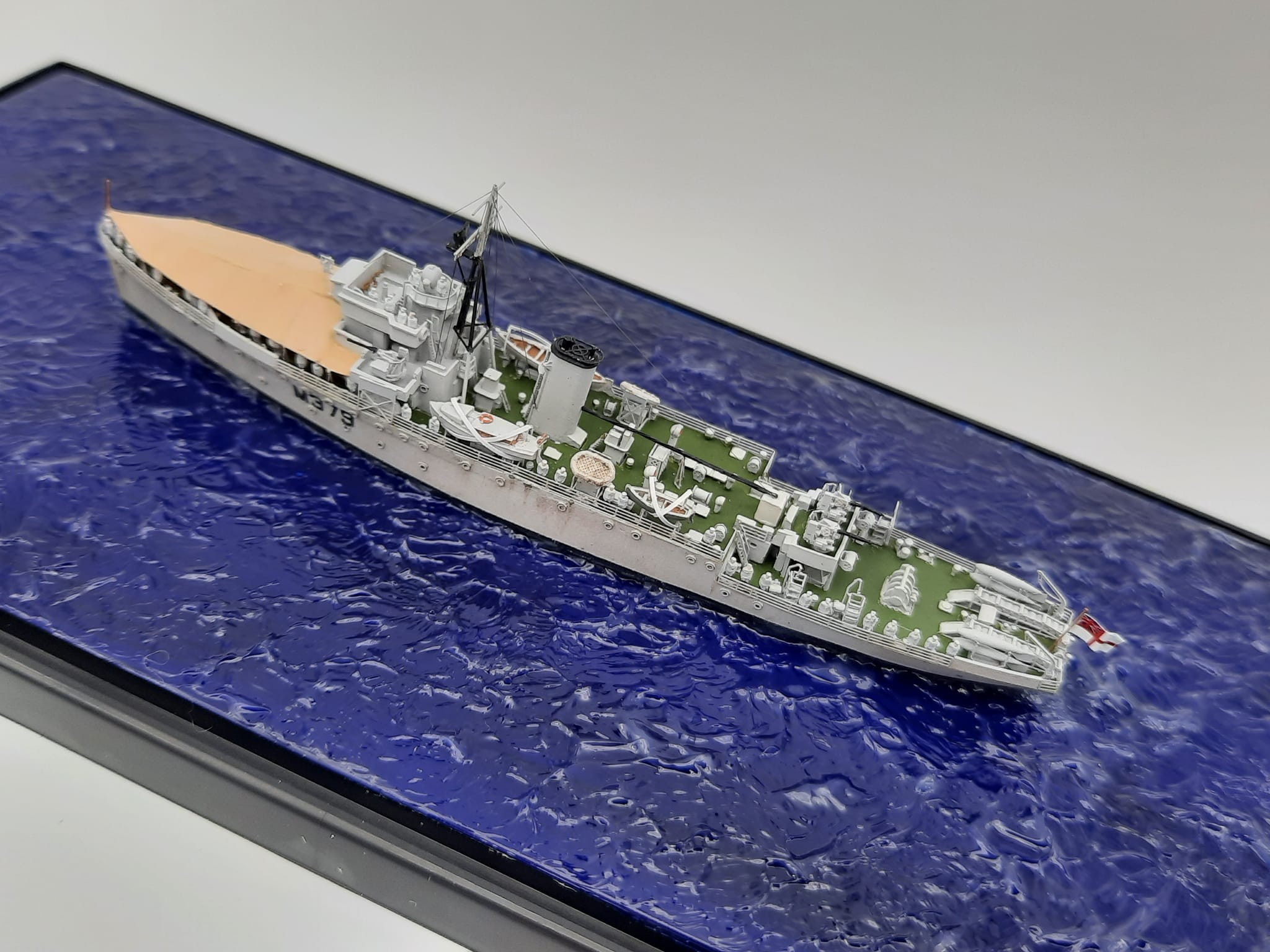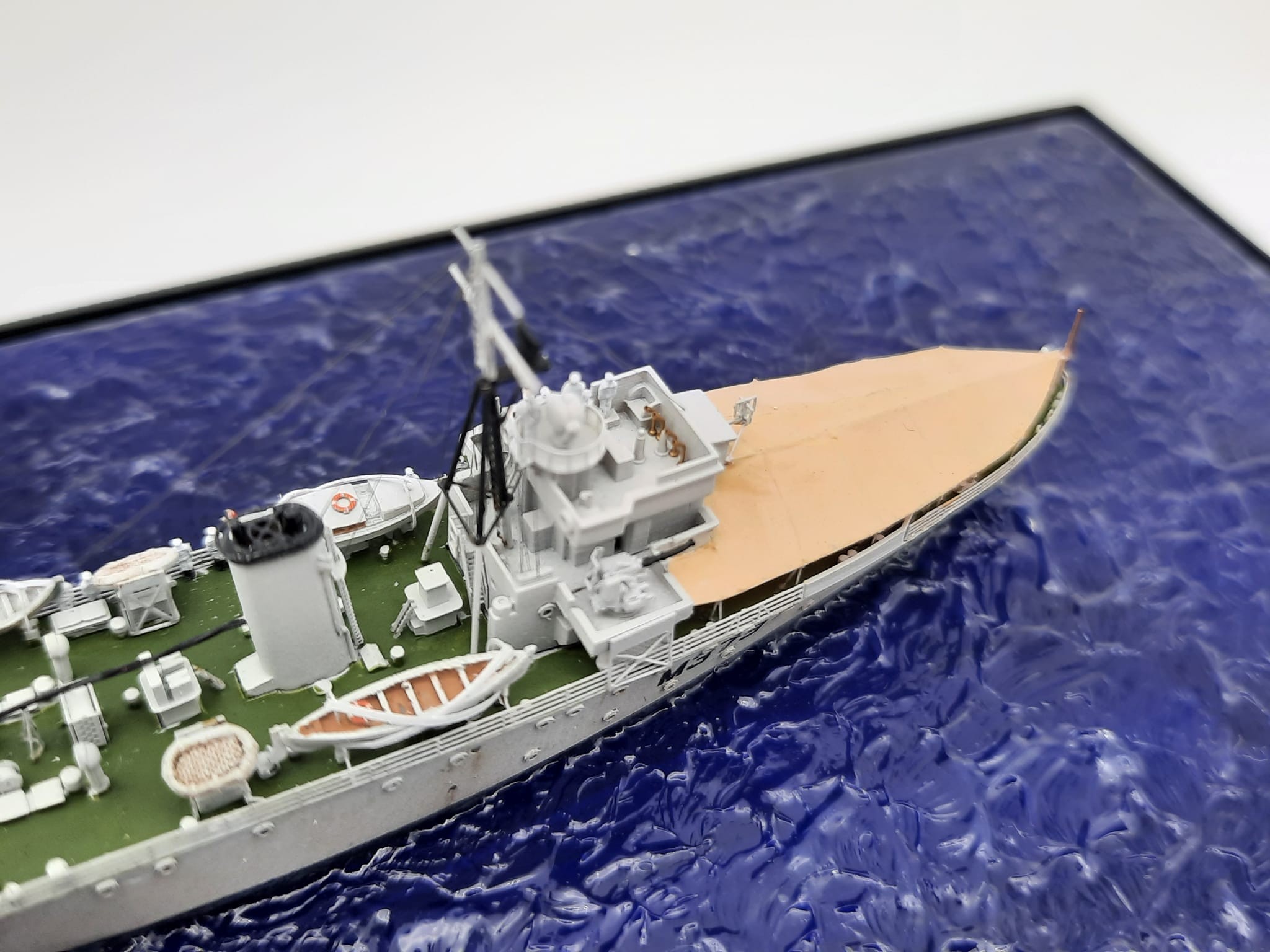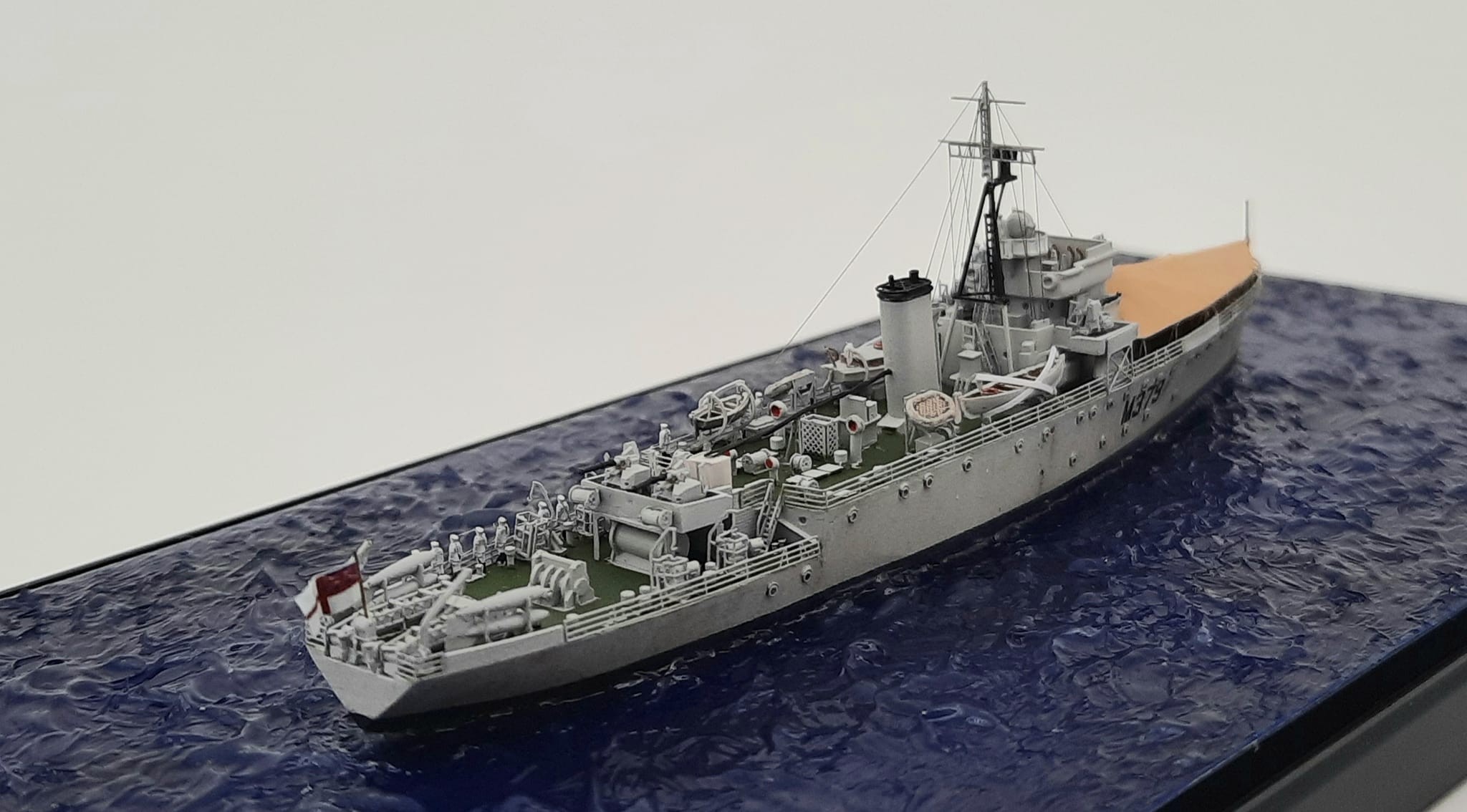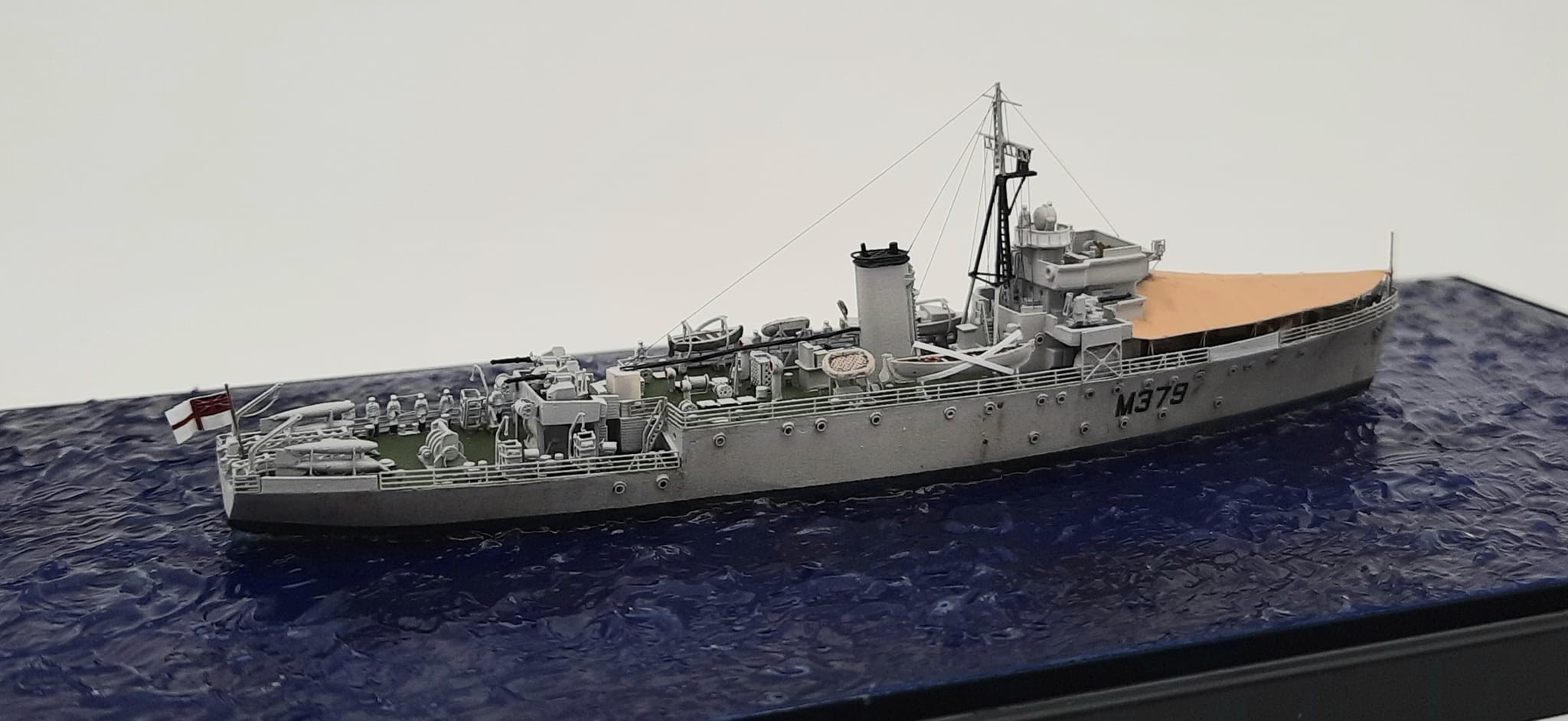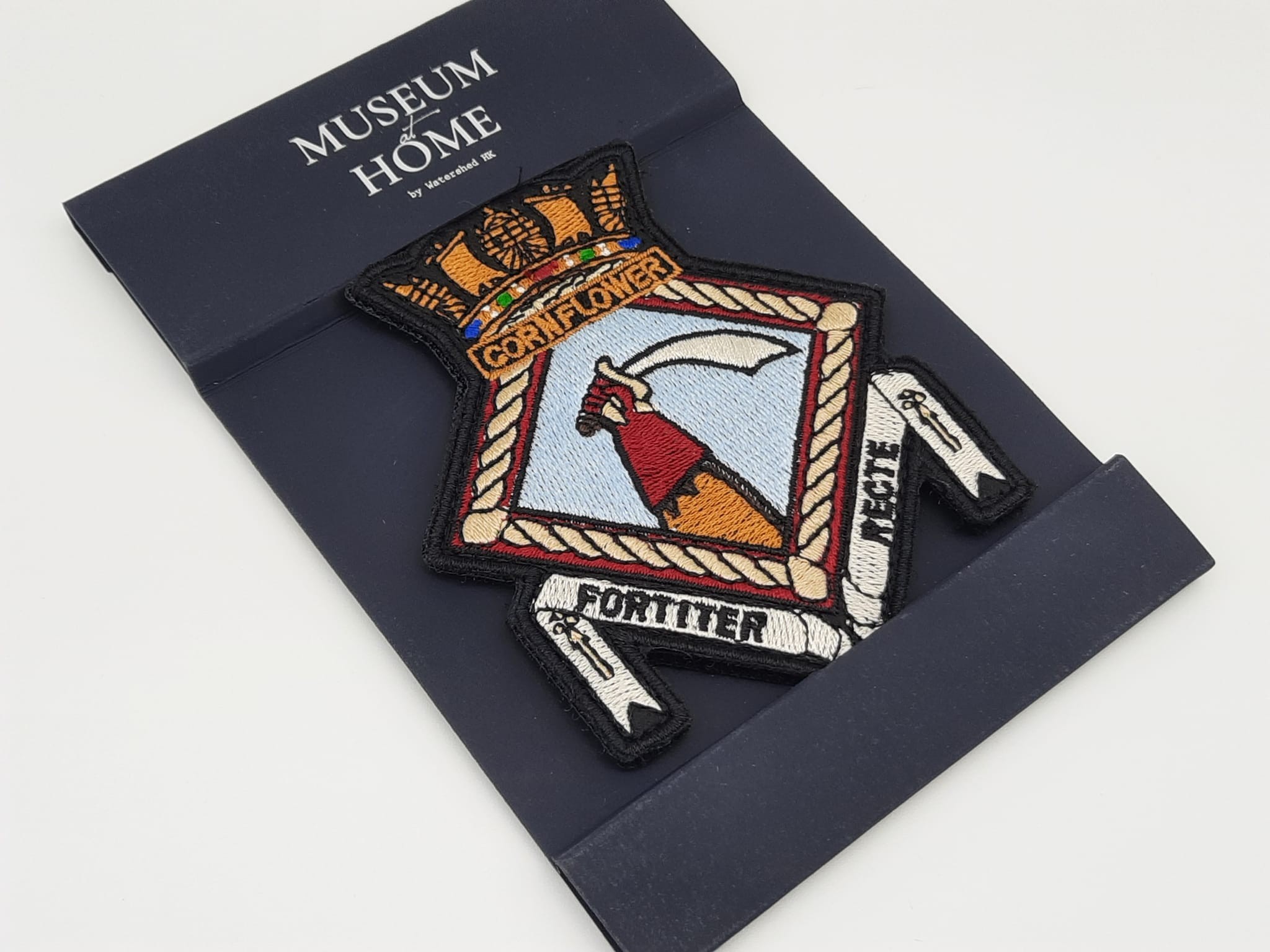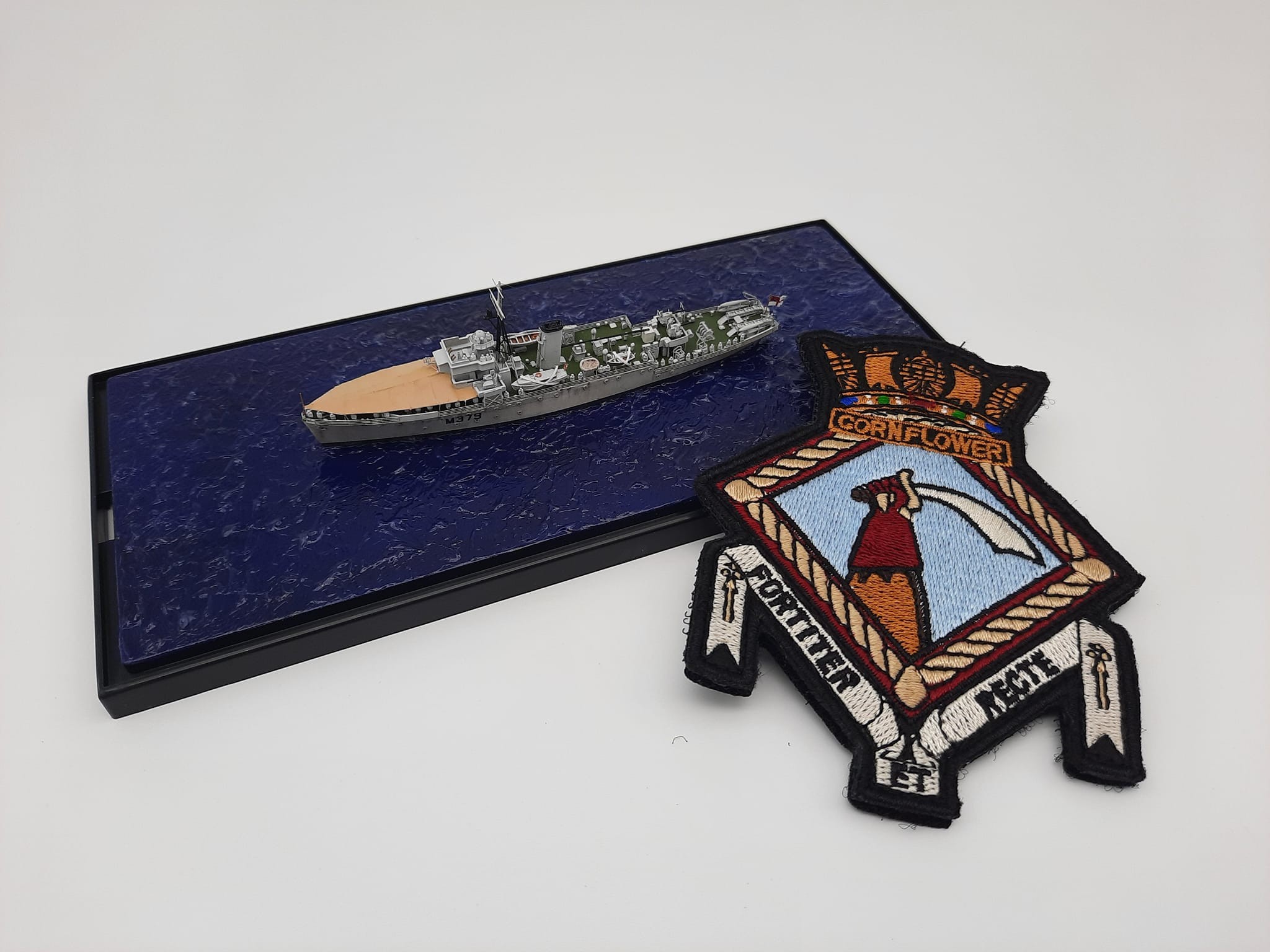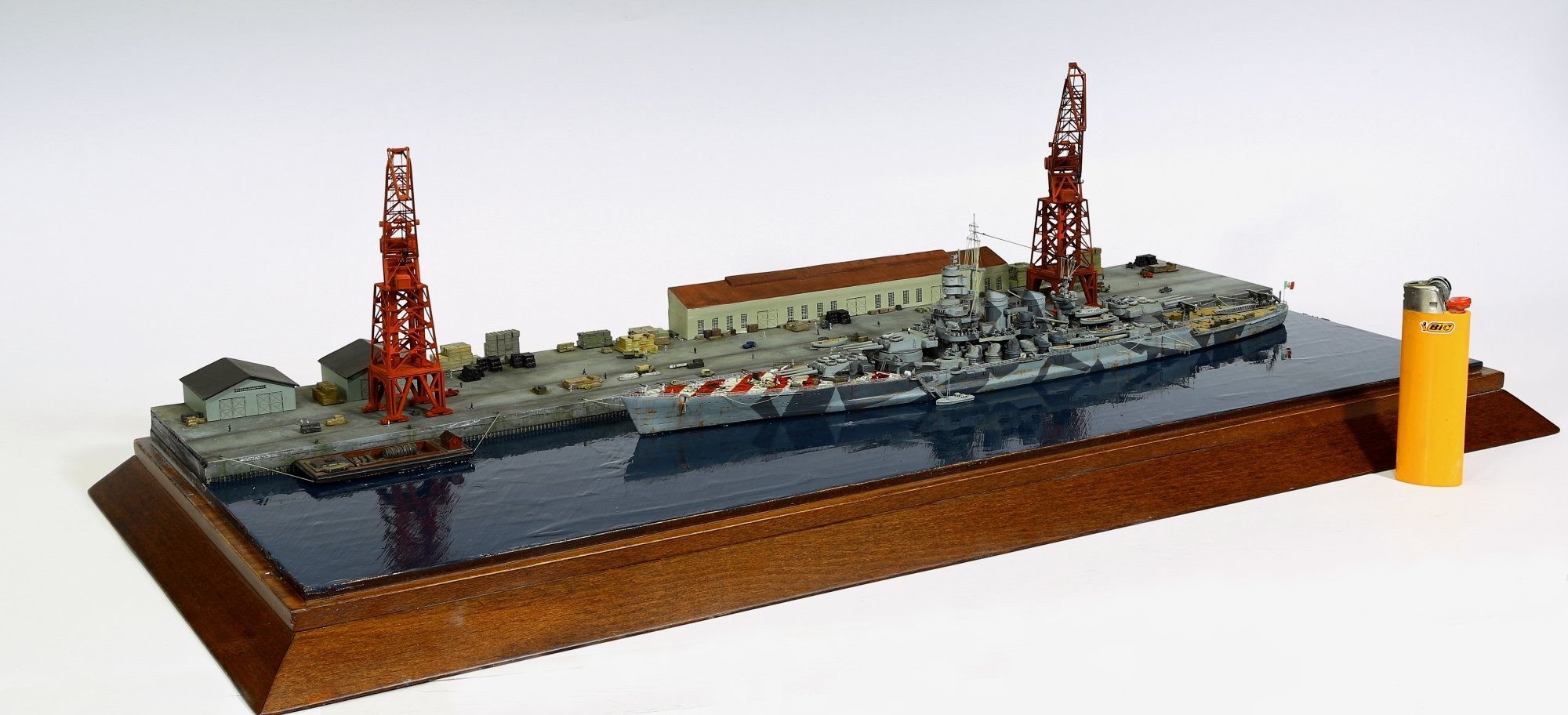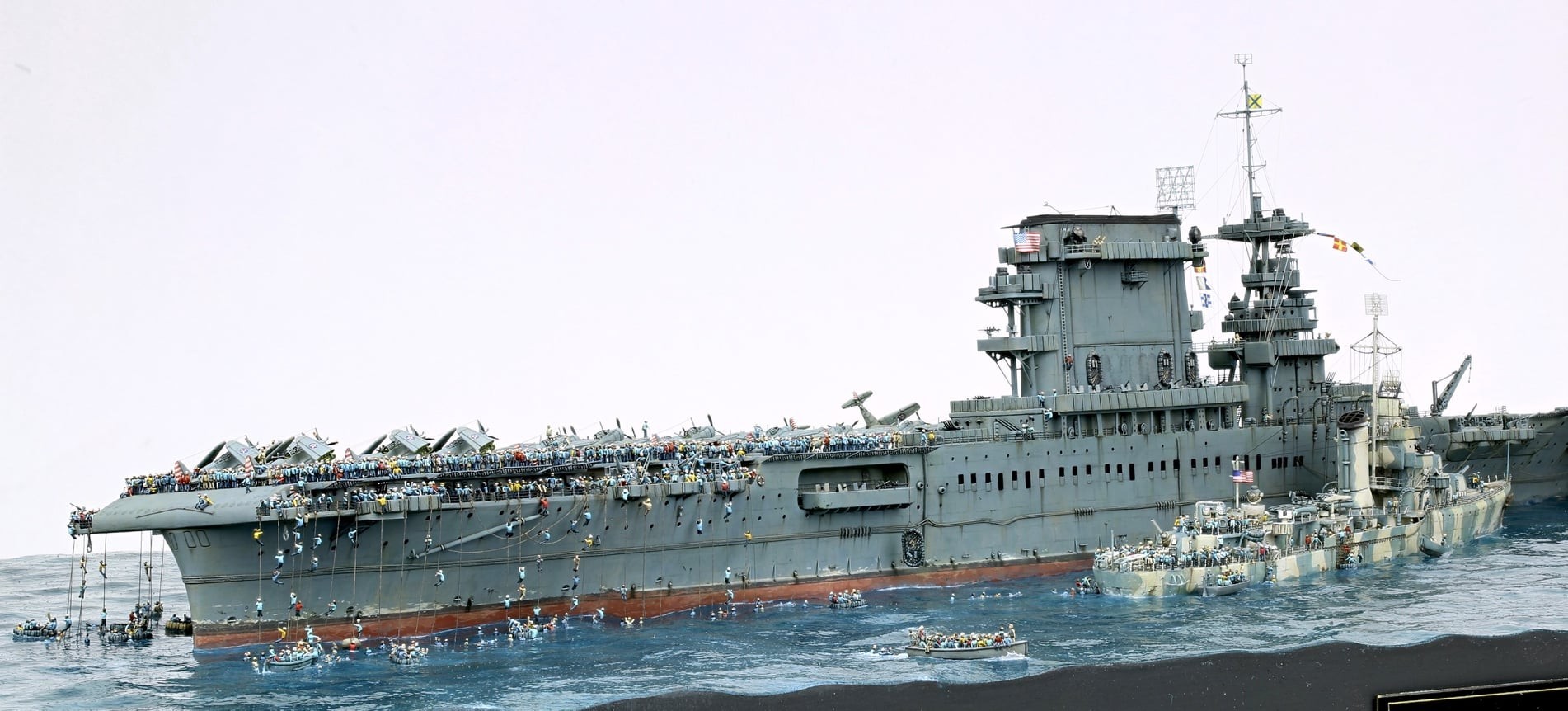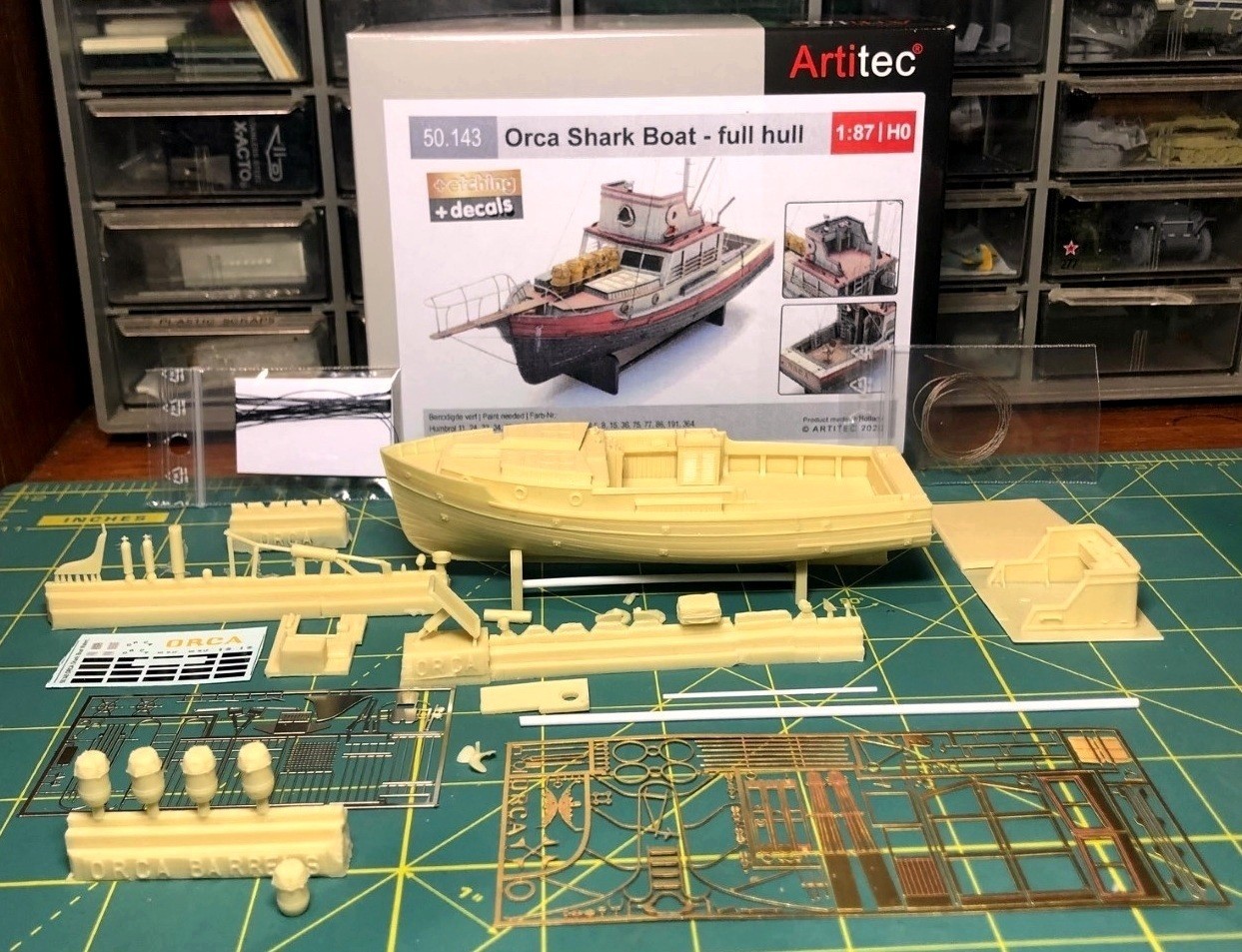HMS Cornflower was an Arabis-class sloop of the Royal Navy and from 1933 the Hong Kong Naval Volunteer Force (HKNVR). A great build from Thomas Chan
The Arabis class was a slightly enlarged and improved derivative of the previous Acacia-class and Azalea-class sloops. They were designed at the start of the First World War as relatively fast minesweepers that could also carry out various miscellaneous duties in support of the fleet such as acting as dispatch vessels or carrying out towing operations, but as the war continued and the threat from German submarines grew, became increasingly involved in anti-submarine duties.
On commissioning, Cornflower joined the 1st Sloop Flotilla, as part of the Coast of Ireland Station, but by September 1916 was lasted as part of the East Indies and Egypt Station. In September 1917, she transferred to the East Indies Station, and in January 1918 had transferred to the Egyptian Division of the Mediterranean Fleet. Cornflower was still part of the Egyptian Division at the end of the war, and was a member of the 13th Sloop Flotilla.
Between 1919 and 1921, she was then transferred to the Dardanelles and the Black Sea, once again performing minesweeping duties. From 1921 to 1927, she was in the Red Sea, with duties including operations against slave traders.
In 1927, she relieved HMS Hollyhock in Hong Kong. On 31 March 1934, the Royal Navy presented the ship to the HKNVR on permanent loan as a drill ship. Hong Kong Commodore-in-Charge Frank Elliot replaced the crest and motto of the ship to that of Clan Eliott (Elliot's ancestor Charles Elliot had also been the first Administrator of Hong Kong). In April 1934, she was put under the command of Lieutenant-Commander H. S. Rouse. She remained stationery at Wan Chai where she served as the headquarters and training ship of the HKNVR.
